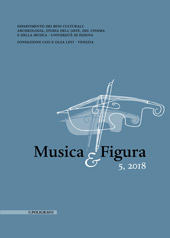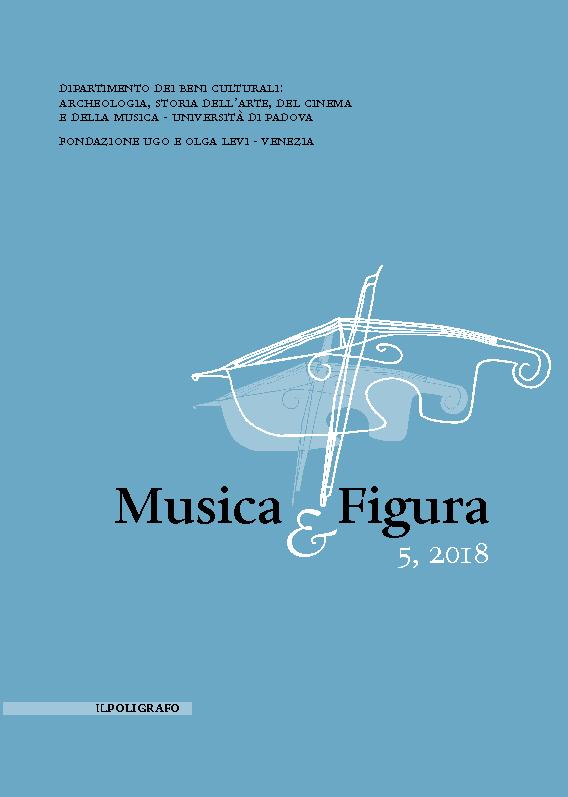The Stories of St. Lucy by Jacobello del Fiore, and Venetian folding reliquary altarpieces
P. 41-56
The Stories of St. Lucy by Jacobello del Fiore are one of the masterpieces of Ita-lian Late Gothic painting. The eight panels have until now been considered as fragments of a dossale or of a dismembered altarpiece once bearing the painted or sculpted image of the Saint at the center. Two of these panels are also painted on the back with the inverted figures of St. Lucy and of St. Anthony Abbot realized on a red background. The presence of these two figures has been explained by considering the possibility that Jacobello subsequently re-used the wooden support in order to paint two of the stories of the altarpiece of Saint Lucy.
It's rather likely that the painter intended from the beginning to paint the figures upside down on the reverse of the panels. Thus the eight little scenes were conceived as the two hinged folding panels of a reliquary altarpiece, a very special artifact, widespread in Venice, whose function was to conceal or expose to the veneration the relics of the holy martyrs. This paper therefore intends to highlight the real function of this fundamental work of Jacobello's career, while at the same time suggesting that in the Venetian territory many other objects of this kind were circulating. [Publisher's text]
Le Storie di Santa Lucia di Jacobello del Fiore sono uno dei capolavori della pittura tardo gotica italiana. Gli otto pannelli sono stati finora considerati come frammenti di un dossale o di una pala d'altare smembrata che porta al centro l'immagine dipinta o scolpita del santo. Due di questi pannelli sono dipinti anche sul retro con le figure capovolte di Santa Lucia e di Sant'Antonio Abate realizzate su fondo rosso. La presenza di queste due figure è stata spiegata considerando la possibilità che Jacobello abbia successivamente riutilizzato il supporto in legno per dipingere due delle storie della pala d'altare di Santa Lucia.
È piuttosto probabile che il pittore abbia inteso fin dall'inizio dipingere le figure capovolte sul retro dei pannelli. Così le otto piccole scene furono concepite come i due pannelli pieghevoli di una pala d'altare-reliquiario, un manufatto molto particolare, diffuso a Venezia, la cui funzione era quella di celare o esporre alla venerazione le reliquie dei santi martiri. Questo scritto intende quindi mettere in luce la funzione reale di questa fondamentale opera della carriera di Jacobello, mentre allo stesso tempo suggerisce come nel territorio veneto circolassero molti altri oggetti di questo tipo. [Testo dell'editore]
Is part of
Musica & Figura : 5, 2018-
Articles from the same issue (available individually)
-
Information
ISBN: 9788893871006
ISSN: 2704-6591



